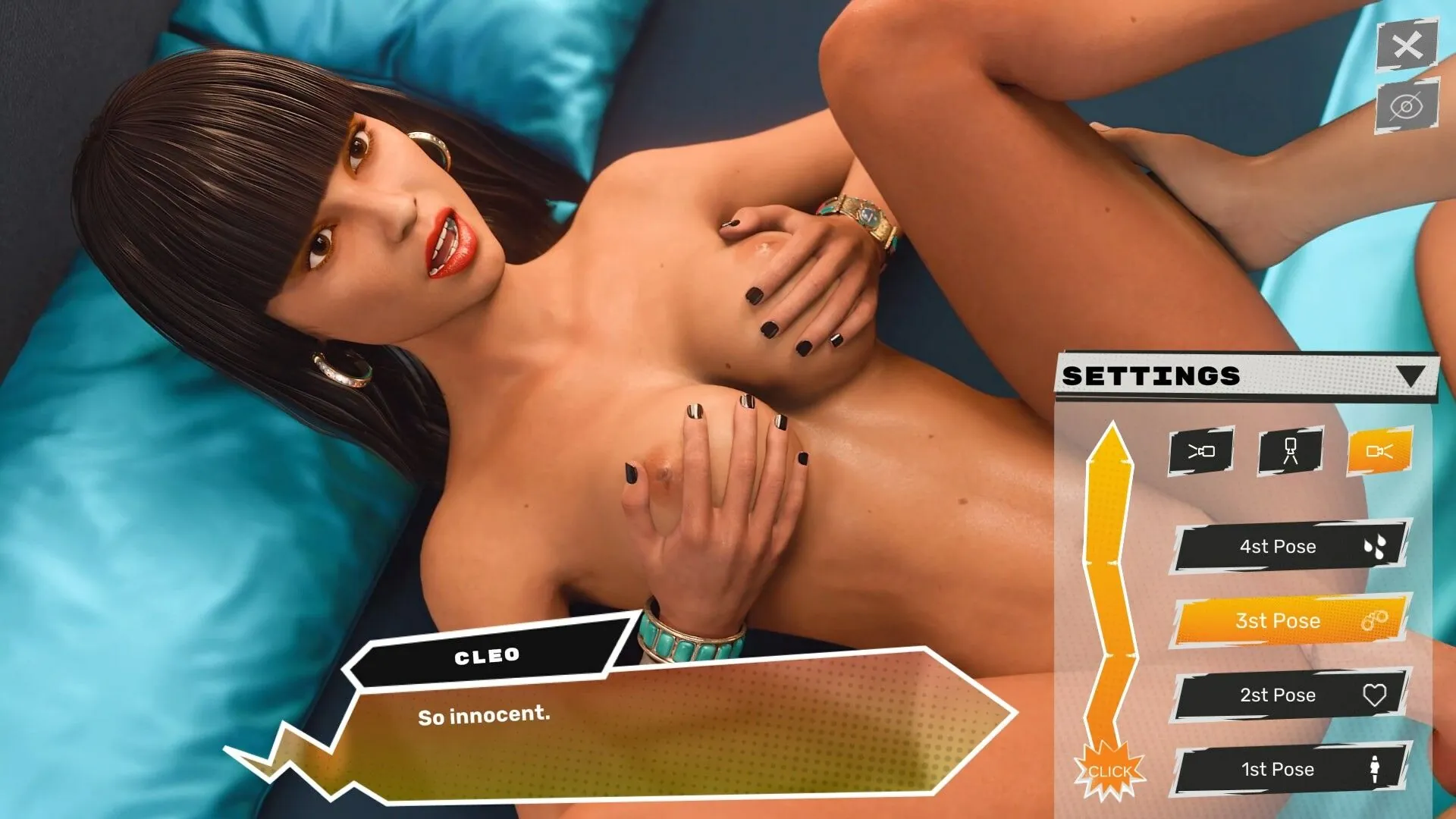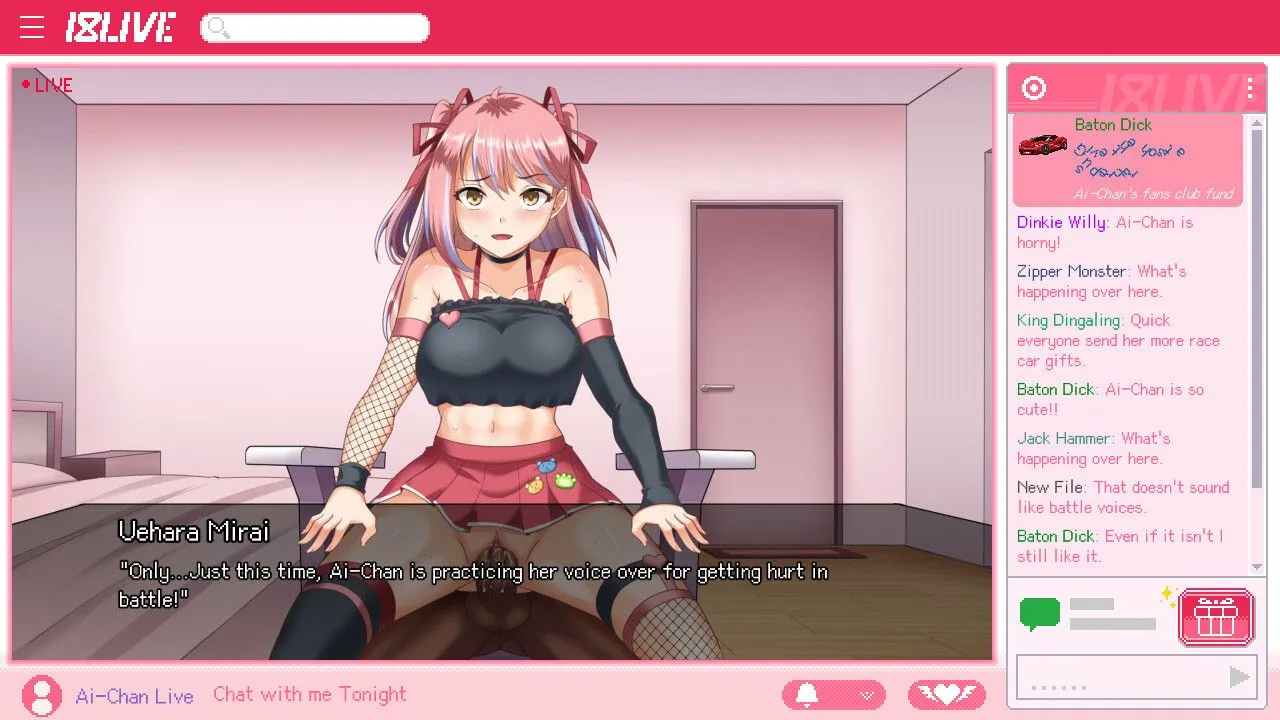
Long Story Short
Play Long Story Short
Long Story Short review
Explore the unique narrative and gameplay of Long Story Short visual novel
Long Story Short is a distinctive visual novel that blends narrative depth with interactive gameplay, set in a high school environment filled with emotional twists and character-driven stories. This article dives into the core aspects of the game, from its dual timeline storytelling to the impactful player choices that shape the protagonist’s journey. Whether you’re new to Long Story Short or looking to deepen your understanding, this guide offers practical insights and personal reflections on what makes the game compelling.
Understanding Long Story Short: Storyline and Gameplay
What is Long Story Short About? 🤔
Let me paint you a picture. You’re an adult, scrolling through life, when a message pops up from a complete stranger. They claim they knew you back in high school. That’s the immediate, intriguing hook of the Long Story Short game story. You play as a protagonist reconnecting with their past through a series of anonymous online chats. This setup is the heart of this brilliant interactive narrative game. It’s not about grand adventures or saving the world; it’s about rediscovering a part of yourself you thought was long forgotten, all from the familiar comfort of a chat window.
The narrative unfolds through these conversations, where your anonymous contact gently prods your memory. As you chat, you’re pulled back into vivid flashbacks of your high school years. You’ll navigate the classic teenage landscape of friendships, rivalries, first loves, and all the awkward, cringe-worthy moments in between. The beauty of the Long Story Short game story is its relatability; it feels like digging out your own old yearbook, complete with all the emotions you’ve packed away. The entire experience is framed as a chatroom storytelling game, making you an active participant in unraveling your own history.
How Does the Dual Timeline Work? ⏳➡️📱
The visual novel dual timeline structure is what truly sets this game apart and makes its narrative so powerful. It’s like having two books open at once—one from the present and one from the past—and you’re the one connecting the dots between them.
In the present, you’re in a chatroom, having a real-time conversation with this mysterious figure. The dialogue is snappy, modern, and full of the shorthand we all use online. Then, seamlessly, the game transitions to the past, showing you the exact memory you’re both discussing. You don’t just get a text description; you see the scenes play out with classic visual novel styling. This visual novel dual timeline isn’t just a gimmick; it’s the core of the emotional journey.
I remember one playthrough where my present-day character was being particularly stubborn and dismissive in the chat. The game then flashed back to a scene where my younger self was acting in the exact same stubborn way, causing a rift with a friend. It was a gut-punch moment of self-realization, masterfully delivered by this structure. The past informs the present, and your actions in the present can literally reframe how you view your own history. It’s a brilliant loop that creates a deeply personal and reflective experience.
Key Gameplay Mechanics and Player Choices 🎮
At its heart, Long Story Short gameplay mechanics are elegantly simple, putting the focus squarely on the narrative and your role in shaping it. You aren’t managing complex stats or solving puzzles; you are having conversations and making decisions. The weight of the game rests entirely on the quality and impact of Long Story Short player choices.
The primary mechanic is the interactive dialogue tree. Whether you’re in the present-day chat or a flashback scene, you are constantly presented with multiple responses. These aren’t just cosmetic; they are the steering wheel for the entire story. Your choices determine:
* Which memories you uncover.
* How your relationships with various characters develop.
* The overall tone and direction of your personal narrative.
* And ultimately, which of the Long Story Short endings you will experience.
Let me give you a personal example. In one early chat, the stranger asked about my character’s tendency to avoid conflict. I had a choice: be defensive and shut down the line of questioning, or be introspective and open up. I chose defensiveness. This single decision locked me out of an entire branch of memories about a falling-out with a close friend, fundamentally altering my understanding of the story and leading me toward a more melancholic conclusion. The Long Story Short player choices truly have tangible, far-reaching consequences.
The game excels as an interactive narrative game because your dialogue selections feel meaningful. Choosing a sarcastic reply over a sincere one can push a friend away. Deciding to stand up for someone in a flashback can strengthen a bond that is still referenced in the present-day chat. This creates an incredible sense of player agency, making you feel responsible for the story you are unearthing. Replayability is a huge draw, as you’ll want to go back and see how different choices paint a completely different picture of your past, leading you to discover all the possible Long Story Short endings.
Here’s a quick overview of how the core features work together to drive your experience:
| Gameplay Feature | How It Works | Impact on Story |
|---|---|---|
| Dialogue Selection | Choosing from multiple responses during chats and flashbacks. | Directly shapes character relationships and unlocks specific narrative paths. |
| Memory Triggers | Specific conversation topics in the present activate flashbacks. | Controls the pace and depth of the story reveal, making each playthrough unique. |
| Relationship Values | Hidden metrics that change based on your choices. | Determines which character arcs you complete and influences the final ending. |
| Branching Narrative | The story splits into different directions based on key decisions. | Leads to multiple, vastly different Long Story Short endings, encouraging replay. |
My top tip: Don’t try to “game” the system on your first playthrough. Respond as you genuinely would. The most rewarding way to experience the Long Story Short game story is to let your own instincts guide you and see what story your choices create. You might be surprised by what you learn about the character—and maybe even yourself.
Ultimately, the magic of Long Story Short lies in its fusion of a compelling visual novel dual timeline and profound Long Story Short player choices. It proves that you don’t need epic scope to have a deeply affecting adventure. Sometimes, the most powerful journeys are the ones that happen in a chat window, leading you back through the halls of your own memory.
Long Story Short offers a rich, emotionally engaging experience through its innovative storytelling and meaningful player choices. Its dual timeline narrative and interactive chatroom format create a unique way to explore themes of youth, relationships, and personal growth. Whether you’re navigating the twists of high school drama or uncovering the mystery behind the anonymous chat, this game invites players to reflect on the power of storytelling itself. Dive in and discover your own path through Long Story Short.





